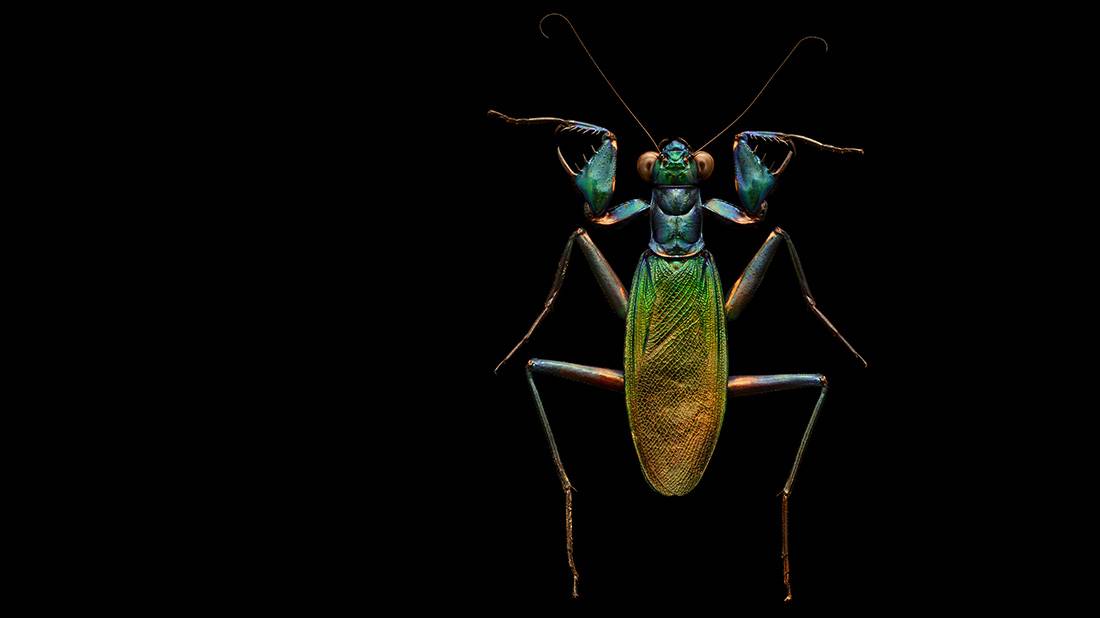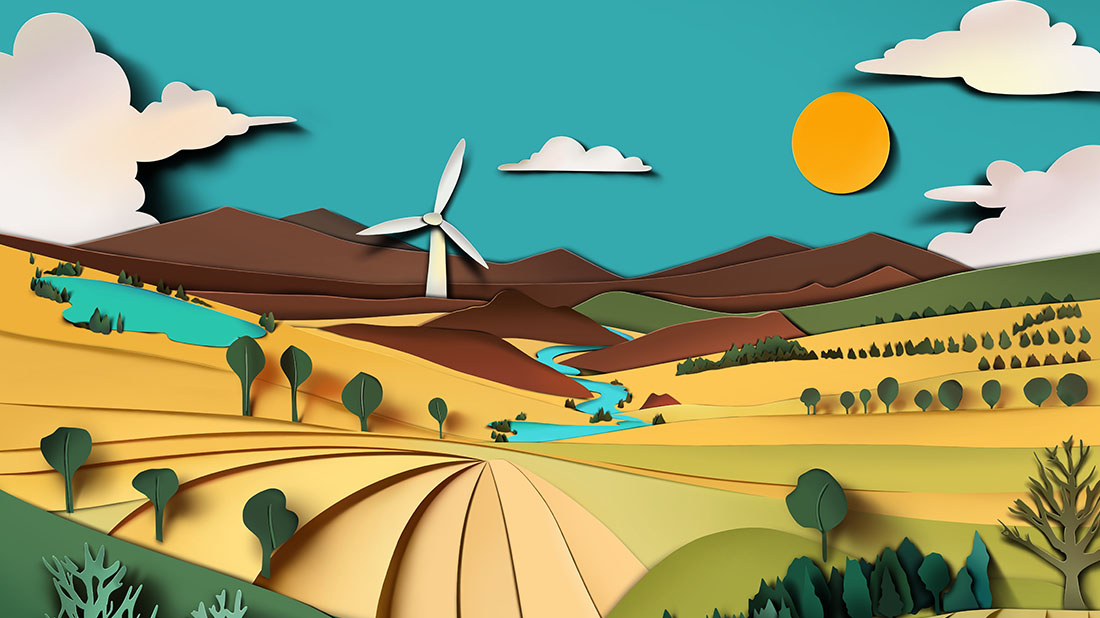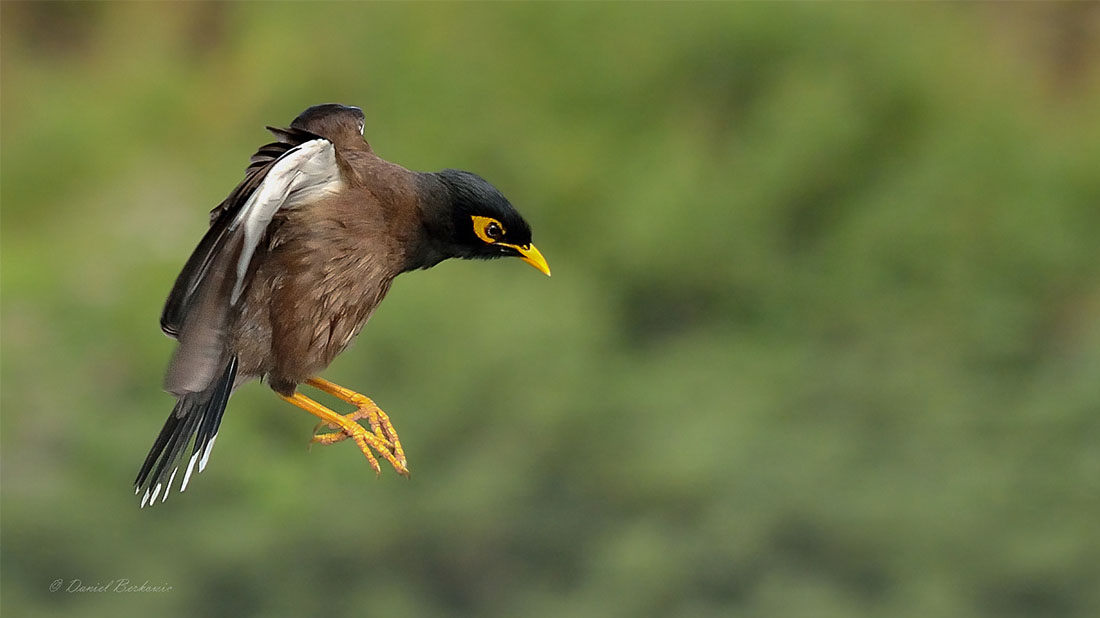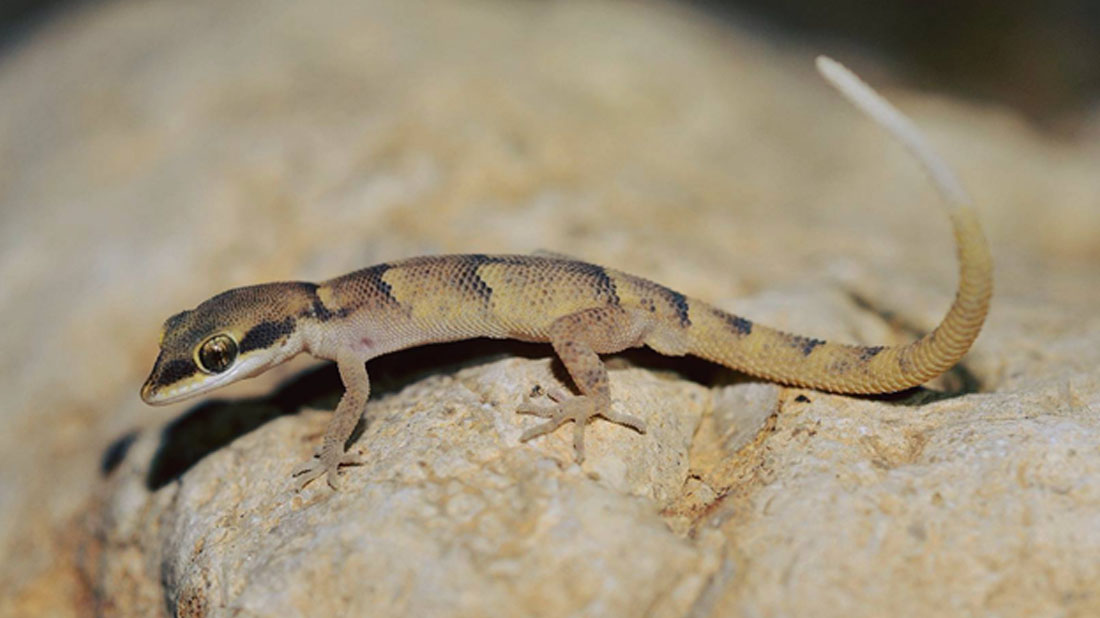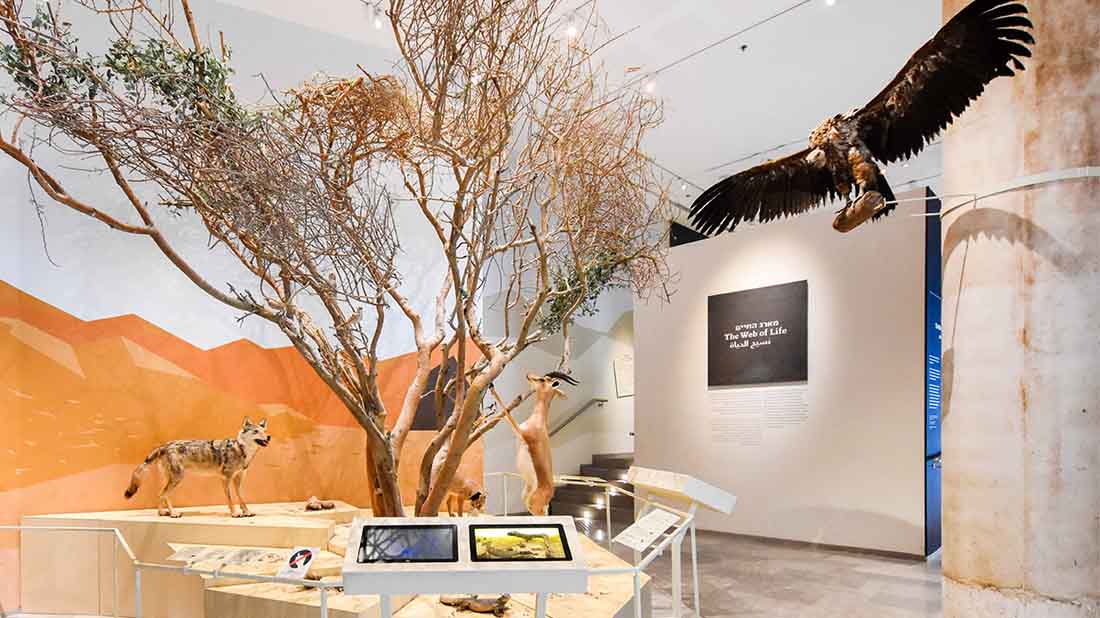There’s a lot of beauty in nature – in rocks, in shells, and in plants. They are all so beautiful that people have been using them to make jewelry for hundreds of thousands of years. But insects?
Dr. Daniela Bar-Yosef, manager of the Fossil and Archaeomalacology (the study of mollusks that are discovered in archaeological sites) Collection at the Steinhardt Museum of Natural History, studies, among other things, the most ancient jewelry in the world, in other words, jewelry that was discovered in prehistoric caves. The most ancient jewelry known to us wasn’t just inspired by nature but was actually part of it, the object itself. “The most ancient material used for adornment was mollusk shells”, she says about ancient Homo sapiens, “The most ancient use known to us is dated to 160 thousand years ago, and about 120 thousand years ago string was invented and used to make necklaces.”
Since then, humans have used nature to adorn themselves. “I have a bougainvillea tree in my garden,” says Noa Liran, who designs modern jewelry inspired by nature, “and one day the wind blew autumn leaves to the ground. Red, orange and brown leaves fell down in front of me, looking like butterflies. I immediately gathered them up and used them to make butterfly-shaped jewelry.”
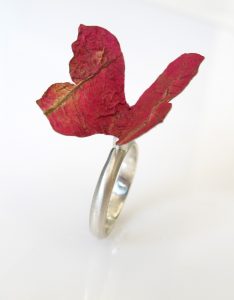
Butterfly ring. Noa Liran
Jewelry from nature
It’s not surprising, then, that many of the visitors to the insect exhibition, Microsculpture, find similarity between the insects on display in the exhibition and jewelry. In the dramatic close-up picture, the details, colors and forms of the photographed insect species, as well as their spectacular esthetics, are revealed. “The insects on display in the exhibition have much symmetry,” says Liran, “order, repetition, proportion and harmony. All of these things are organized into a whole, which is equal in value to beauty. To this we add the incredible colors, which teach us a lot about the proportions of colors for creating esthetics.”
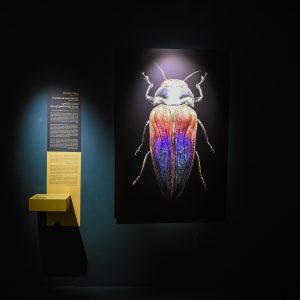
From the exhibition, Microsculpture, by the photographer, Levon Biss. Gallery photo: Sion Moyal
Just like the bougainvillea leaves that became butterfly jewelry, the similarity between plant leaves and insects is a widespread phenomenon, which may also be seen in the exhibition. For example, the dead leaf grasshopper on display, whose main defense strategy is camouflage, looks like the leaves of the plant on which this insect species lives.
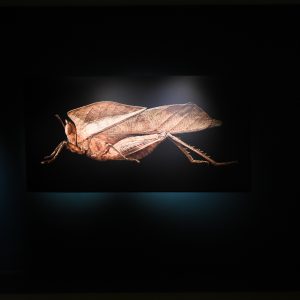
Dead leaf grasshopper from the exhibition, Microsculpture, by the photographer, Levon Biss. Gallery photo: Sion Moyal
In contrast, there are insects whose colors and forms are not common in nature. Beetles from the jewel beetle family, for example, are conspicuous due to their metallic colors, diversity of color and fragility. The colors of some jewel beetles are so spectacular that some artists use their wings to make earrings.
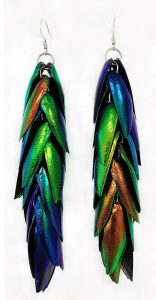
Jewel beetle earrings. Private collection
Insects – disgusting or amazing?
The anthropologist, Mary Douglas, defined disgust as the feeling caused by crossing accepted social boundaries. In other words, when something is found out of the place in which we think it belongs. For many people, insects cause a feeling of fear and disgust, among other things, because we feel that they have invaded from the natural space into our private, domestic space. However, there is also an evolutionary explanation: certain insects in human households are parasites, transmitting disease vectors, or their biology is connected to decomposing organic matter in polluted places, thus we instinctively prefer to distance ourselves from them. In this light, the exhibition Microsculpture provides a different view of these creatures, highlighting (pun intended) their beauty and enabling us get a different view of nature.
The exhibition Microsculpture is on display at the Steinhardt Museum of Natural History
Special thanks to Dr. Netta Dorchin, the scientific curator of the exhibition, and to Aviva Kimhi and Daphna Lev who helped prepare the article.


